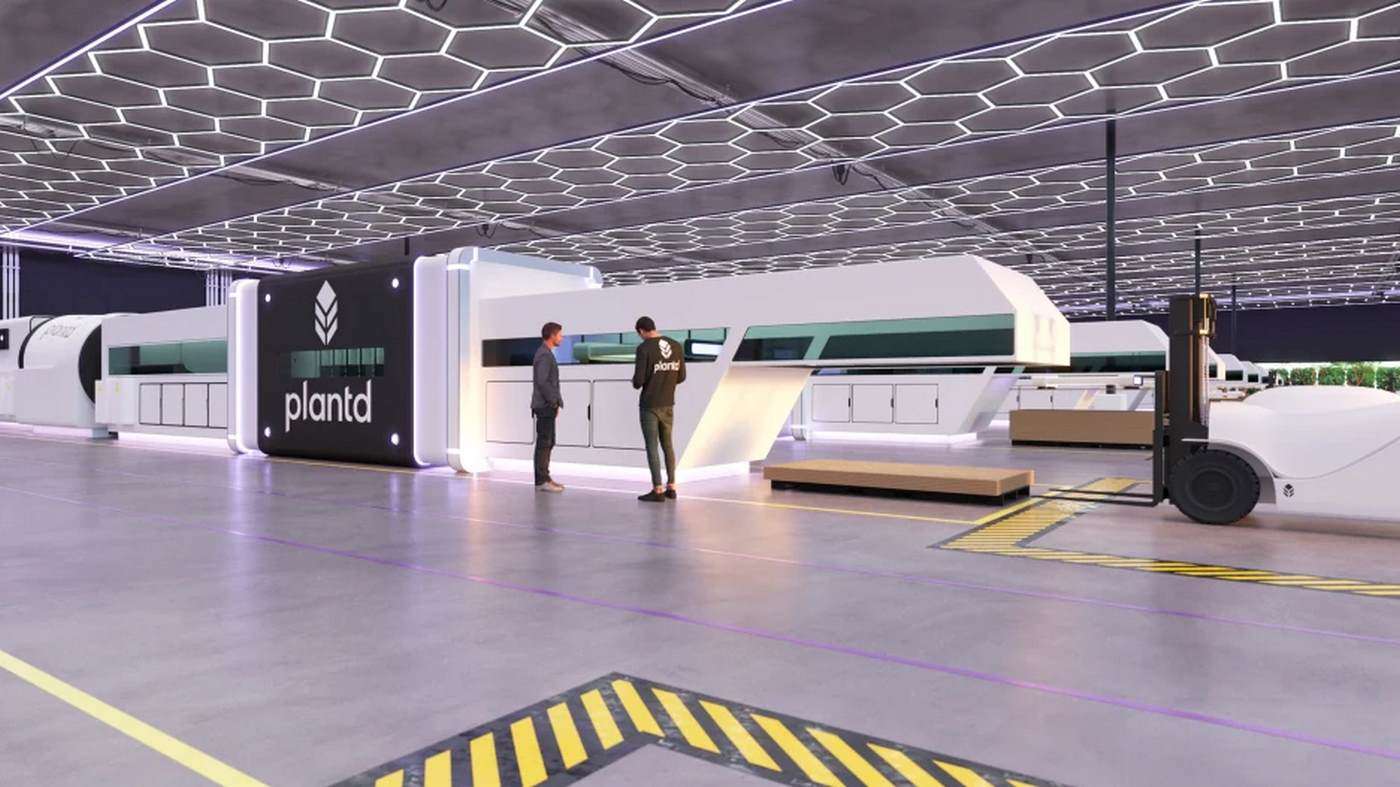Design Company Invents Ceramic-Like Tiles But Made Entirely of Fish Scales and Completely Recyclable
Scalite, and it separates then combines naturally-occuring minerals and the collagen in the fish scales to create a beautiful, durable tiles.

A startup looking to find better ways to mass-produce lumber for construction has swapped trees for grass.
It turns out that with sophisticated laminating and molding machines, the fibers of certain grass species can be just as strong as wood, but lighter, and orders of magnitude faster to produce.
Entrepreneur Josh Dorfman founded Plantd with two former SpaceX engineers. Their flagship product is a seemingly-regular pressed wood panel for homebuilding, but one that's made from a fast-growing species of grass which nevertheless can absorb 30 tons of carbon dioxide via photosynthesis throughout its lifetime.
Capable of being harvested three times in a season, rather than once in 20 years as in the case with pine wood, the potential is there to drastically lower the cost of lumber for homebuilding, and increase the carbon-capture potential of the timber industry.
"We see the greatest opportunity to lock away the most carbon when we make a superior product than what exists today," Dorfman told Fast Company. "And do it in a way where that end customer can still build exactly the same way… they don't have to change in any respect."
Fibers in grass and wood are chemically similar. The cellulose from grass is fed into Plantd's shredding machines down in North Carolina before being pressed into any size panels. When counting for the carbon stored in the plant fibers, the manufacturing procedure is carbon-negative, meaning it stores in the product more carbon than it takes to produce the electricity needed to run the machines.
Dorfman says there are plenty of under-utilized farm acres that could be growing their proprietory grass species, which can grow 30-feet in a single year.
The US housing market is a difficult market to navigate. Housing as a construction industry and real estate are different beasts that are highly correlated but move in separate directions. During the pandemic, the closing down of major supply chains, particularly in the Canadian timber industry, saw board-foot prices of lumber reach record highs.
These grass panels could be a seriously useful innovation to drive the cost of housing starts down, and protect supply chains from future disruptions.
SHARE This Unusual Use For Grass With Your Friends…
Be the first to comment